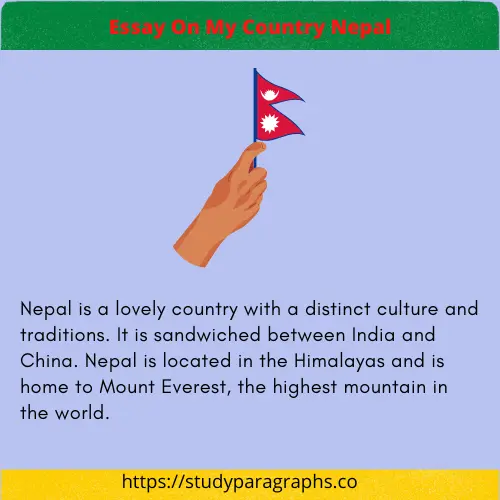Mitra-varuna An Essay on Two Indo-European Representations of Sovereignty
The concept of sovereignty has been integral to human societies throughout history. In the Indo-European tradition, the mythological figures of Mitra and Varuna represent two distinct aspects of sovereignty.
Mitra, associated with contracts and agreements, represents a form of voluntary sovereignty, while Varuna, associated with the natural world and divine law, represents a more coercive form of sovereignty. This essay will analyze the representations of Mitra and Varuna in various Indo-European cultures and their significance for understanding sovereignty.
Mitra-Varuna an Essay About two Indo-European Representations of Sovereignty
The Mythological Figures of Mitra and Varuna:
Mitra and Varuna are two mythological figures present in various Indo-European cultures, including Indian, Iranian, and Hittite. Mitra is often associated with the daytime, while Varuna is associated with the night. In Indian mythology, Mitra is a god of contracts and agreements, often depicted with a cord or noose, symbolizing the binding nature of agreements. In contrast, Varuna is associated with the natural world and divine law, often depicted with a net or noose, symbolizing his control over the world and its inhabitants.
Representations of Mitra and Varuna in Indo-European Cultures:
In the Indian tradition, Mitra and Varuna are often depicted as complementary deities, representing different aspects of sovereignty. Mitra represents voluntary agreements and contracts between individuals, while Varuna represents the more coercive aspect of sovereignty, enforcing divine law and punishing those who violate it.
Similarly, in the Iranian tradition, Mitra is associated with the sun and represents the principle of order and stability, while Varuna is associated with the moon and represents the principle of chaos and disorder. In the Hittite tradition, Mitra is associated with treaties and agreements, while Varuna is associated with the natural world and the cycle of life and death.
Significance of Mitra and Varuna for Understanding Sovereignty:
The representations of Mitra and Varuna in various Indo-European cultures highlight the multifaceted nature of sovereignty. Mitra represents the voluntary aspect of sovereignty, where individuals willingly enter into agreements and contracts, while Varuna represents the coercive aspect of sovereignty, where divine law is enforced through punishment.
Moreover, the complementary nature of Mitra and Varuna suggests that both forms of sovereignty are necessary for a stable and just society. Without voluntary agreements and contracts, society would descend into chaos, while without the enforcement of divine law, there would be no accountability for violations of social norms.
Conclusion:
The Indo-European mythological figures of Mitra and Varuna offer valuable insights into the complex nature of sovereignty. Their representations in various cultures highlight the complementary nature of voluntary and coercive sovereignty and the importance of both for maintaining a stable and just society.

Hello! Welcome to my Blog StudyParagraphs.co. My name is Angelina. I am a college professor. I love reading writing for kids students. This blog is full with valuable knowledge for all class students. Thank you for reading my articles.



